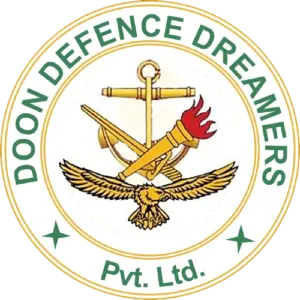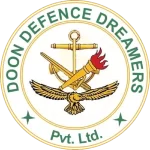How to Crack NDA in Your First Attempt: A Comprehensive Guide
Cracking the National Defence Academy (NDA) exam in your first attempt requires thorough preparation, determination, and a strategic approach. The NDA exam is highly competitive and serves as a gateway to prestigious careers in the Indian Armed Forces. In this comprehensive guide, we will provide you with a step-by-step roadmap and valuable tips to maximize your chances of success. From understanding the exam pattern to effective study techniques, time management, physical fitness, and mock tests, we will cover all the essential aspects to help you crack the NDA exam in your very first attempt. I. Understanding the NDA Exam A. Exam Pattern: 1. Written Examination: Mathematics and General Ability Test (GAT). 2. SSB Interview: Psychological tests, group discussions, and personal interviews. B. Syllabus Overview: 1. Mathematics: Algebra, trigonometry, calculus, statistics, and probability. 2. GAT: English, general knowledge, physics, chemistry, general science, geography, current events, and social studies. II. Creating a Study Plan A. Analyze the Syllabus: Break down the syllabus into manageable sections and prioritize topics based on their weightage in the exam. B. Set Realistic Goals: Determine the number of study hours required daily and set realistic goals to cover the entire syllabus within a specific timeframe. C. Comprehensive Study Material: Gather relevant study material, including textbooks, reference books, online resources, and previous years’ question papers. D. Time Management: Allocate time for each subject and topic, ensuring balanced coverage across all areas. III. Effective Study Techniques: A. Conceptual Understanding: Focus on building a strong foundation by understanding fundamental concepts and principles. B. Regular Practice: Solve a variety of practice questions and previous years’ papers to enhance your problem-solving skills and speed. C. Revision Strategy: Regularly revise previously covered topics to reinforce your understanding and improve retention. D. Mock Tests and Analysis: Take mock tests to simulate the exam environment and analyze your performance. Identify weak areas and work on improving them. IV. Enhancing General Knowledge A. Stay Updated: Read newspapers, magazines, and online portals to stay updated on current affairs, national and international events, and relevant topics. B. Make Notes: Maintain a separate notebook to jot down important information, facts, and figures for quick revision. C. Utilize Online Resources: Explore websites, mobile applications, and online platforms that provide daily current affairs updates and quizzes. V. Physical Fitness and Personality Development A. Focus on Fitness: Engage in regular physical exercise, including running, swimming, and strength training, to improve endurance and fitness levels. B. Personality Development: Enhance your communication skills, leadership qualities, and overall personality traits. Join public speaking clubs, participate in group activities, and practice self-confidence. VI. SSB Interview Preparation A. Practice Psychological Tests: Familiarize yourself with the types of psychological tests conducted during the SSB interview, such as the Thematic Apperception Test (TAT), Word Association Test (WAT), and Situation Reaction Test (SRT). Practice sample tests available in books and online. B. Group Discussions and Interviews: Engage in group discussions with peers to improve your communication and teamwork skills. Prepare for personal interviews by researching common questions and framing articulate responses. Conclusion Cracking the NDA exam in your first attempt requires a well-planned approach, dedicated preparation, and a positive mindset. By following the steps outlined in this comprehensive guide, you can enhance your chances of success and pave the way for a rewarding career in the Indian Armed Forces. Remember to stay focused, maintain discipline, and continuously evaluate your progress. With hard work, perseverance, and determination, you can fulfill your dream of cracking the NDA exam in your very first attempt.
How to Crack NDA in Your First Attempt: A Comprehensive Guide Read More »





